Crafting weapon models stands out as both daunting and fulfilling within 3D modeling for gaming. Achieving a high standard of realism in these designs requires a significant level of expertise and understanding. Before starting, you must explore topics like texturing, referencing, UV mapping, and more to elevate your craft beyond the basics. It can be hard to understand where to start, so we prepared this comprehensive resource to unlock the techniques for creating breathtakingly realistic and functional gun models.
Practicing hard surface modeling through weapon design can be enjoyable and highly rewarding. With a wealth of online resources available for reference, all rooted in real-world designs, you have ample opportunities to refine your skills in this captivating craft. So, you are welcome to explore and gain invaluable insights into 3D modeling services that will help you craft intricate weapon designs!
Where Do You Need 3D Models of Weapons?
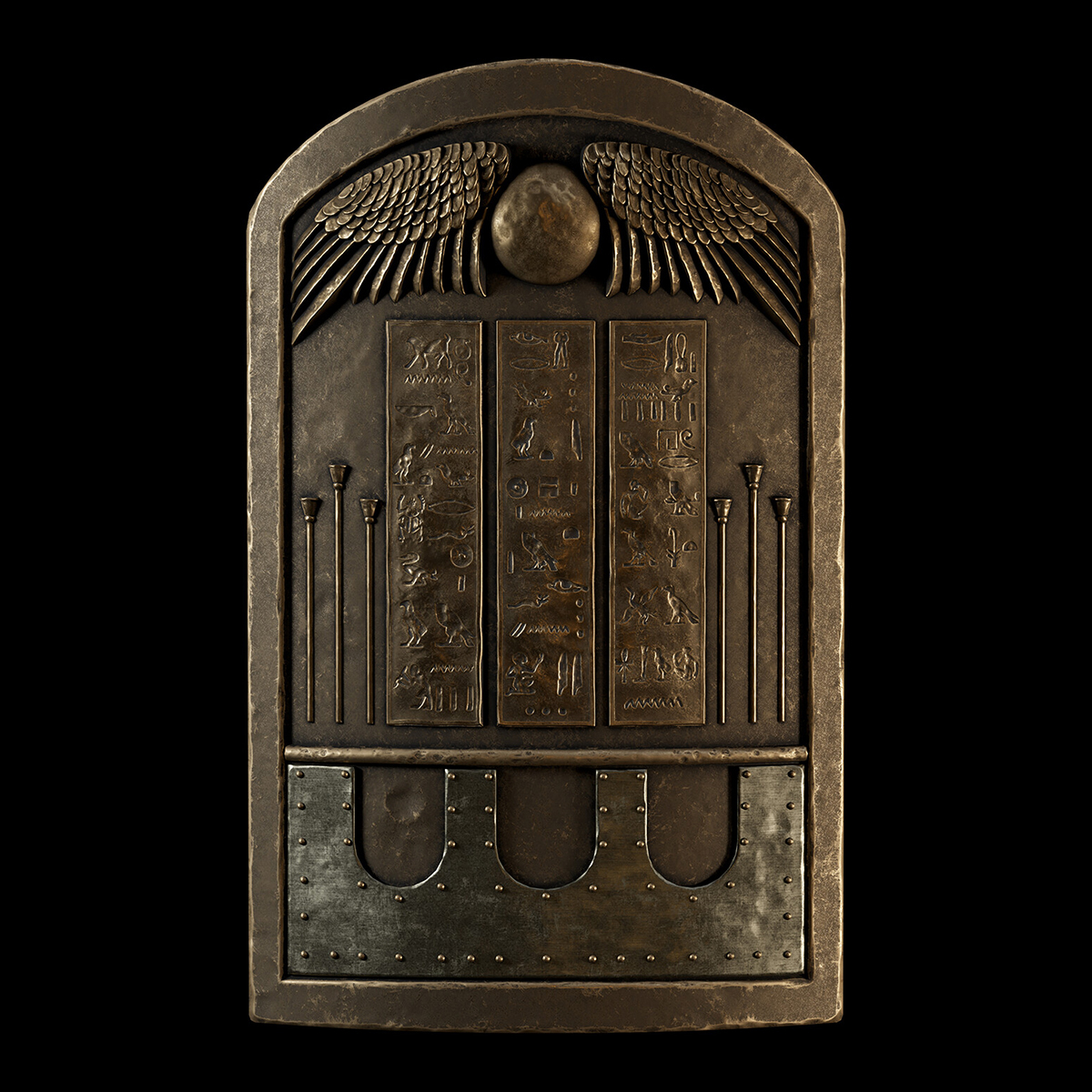
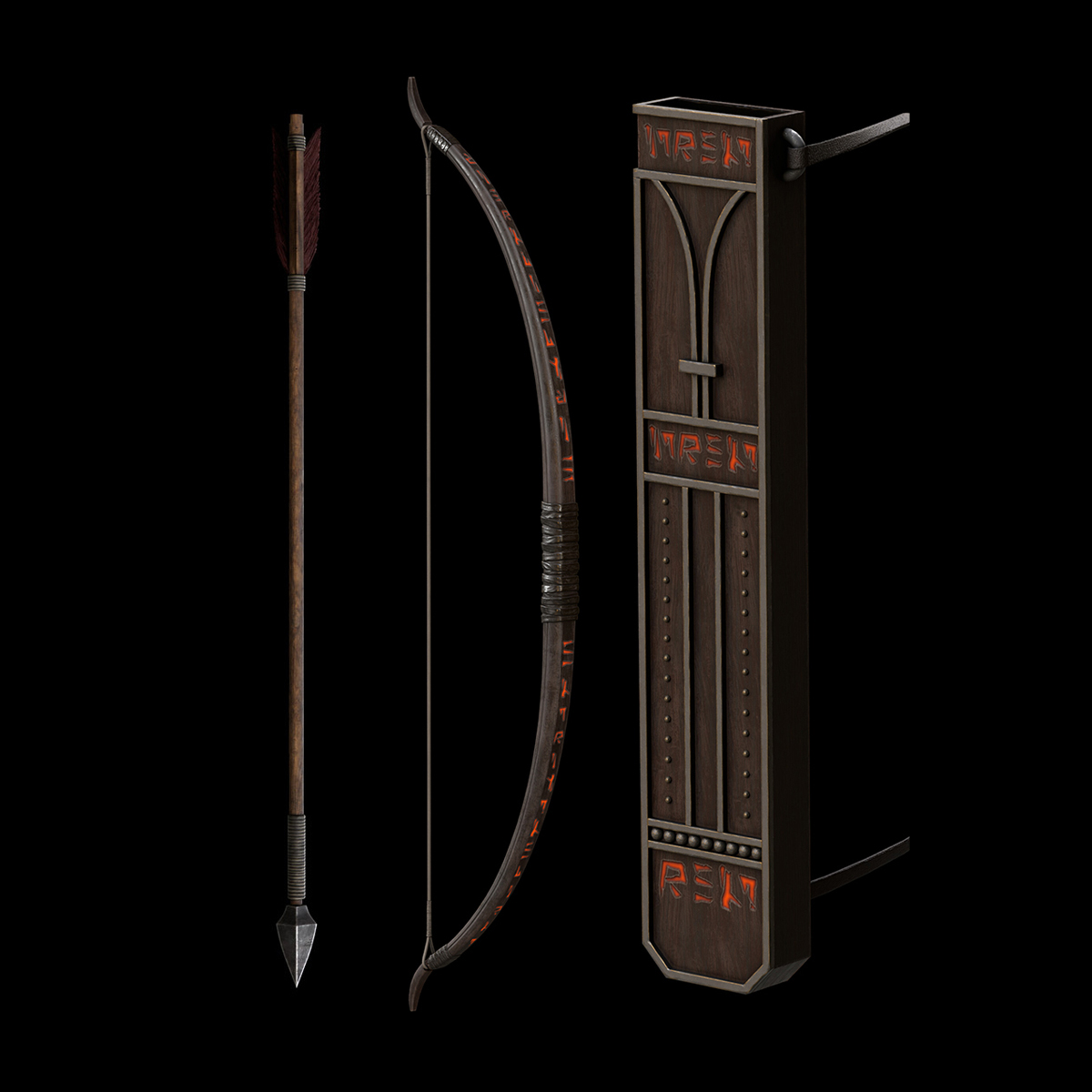
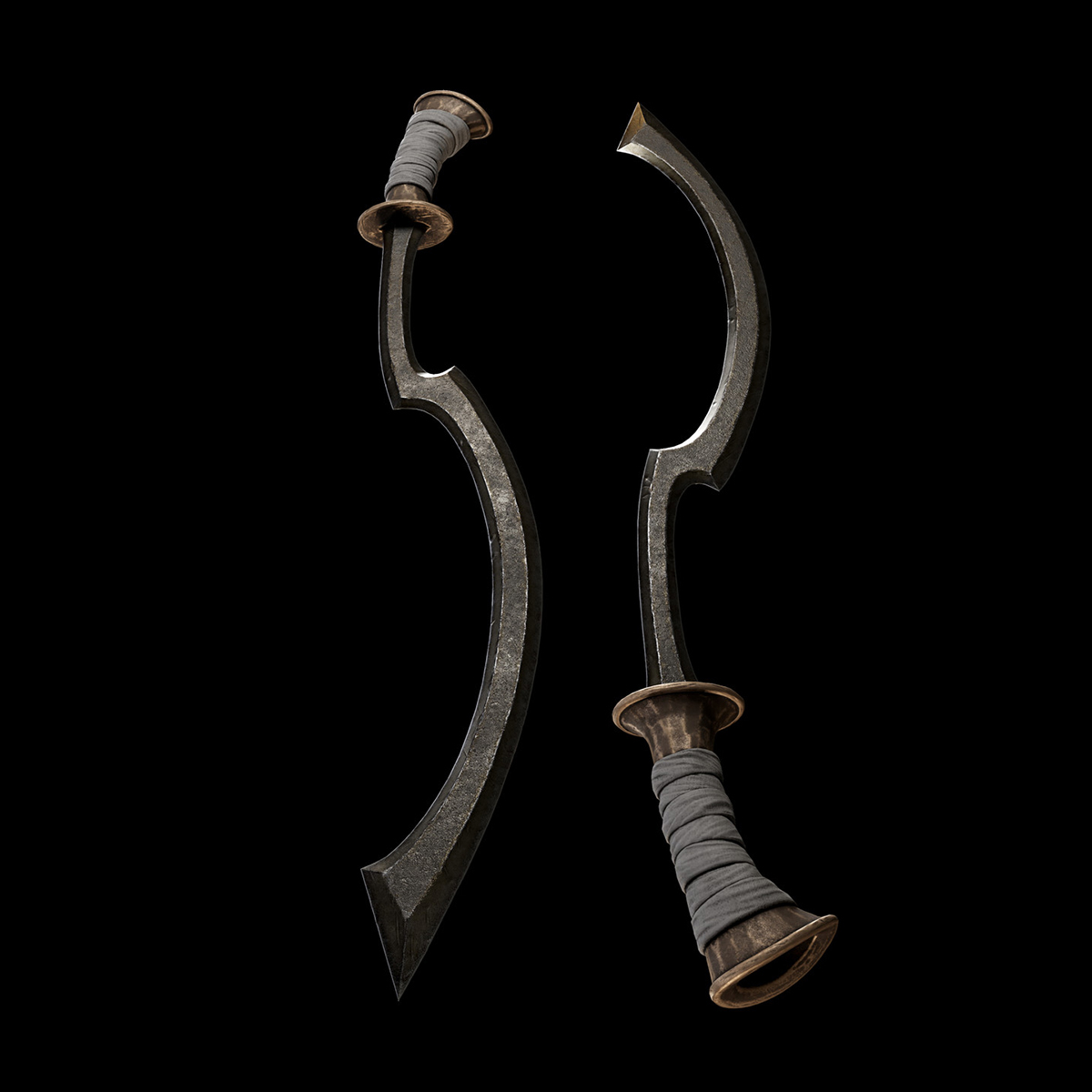
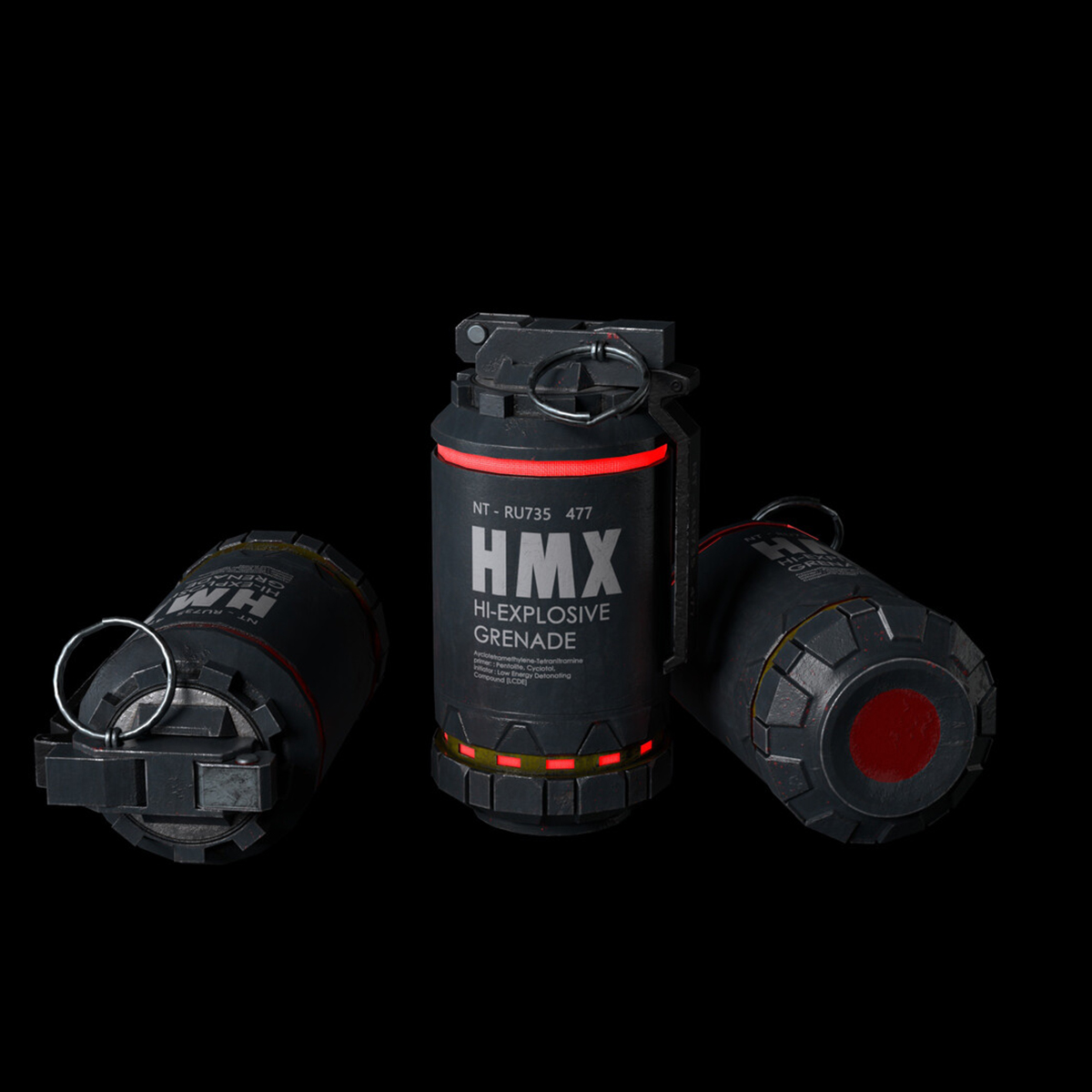
Before delving into 3D weapon creation, it’s crucial to ensure you possess proficient high poly modeling skills. Mastery of polygonal intricacies and geometry is paramount, as precision and accuracy are vital in crafting high-quality weapons. Remember, each weapon is distinct, necessitating varied modeling techniques.
Therefore, a solid foundation in high-poly modeling is essential to tailoring each model perfectly. Exercise caution against overemphasizing features, which may compromise authenticity and affect the final design’s integrity.By honing your high poly modeling skills and carefully considering each weapon’s unique characteristics, the journey of weapon creation can be an immensely rewarding endeavor.
Whether you are developing a video game, designing virtual reality simulations, producing animations for films, or even crafting prototypes for product visualization, 3D model weapons find their applications across various industries. Each sector demands precision, accuracy, and authenticity in the design process, underscoring the importance of mastering high-poly modeling skills to meet the specific requirements of each project.
Challenging of Designing 3d Models Weapons
Designing 3D weapon models presents challenges requiring creativity, technical skill, and meticulous attention to detail. Unlike many other objects, weapons 3D models demand high precision and accuracy to capture their unique features authentically. Let’s see what the developers face while creating 3D weapon models.
-
Mesh errors
Dealing with mesh errors, including holes, gaps, overlaps, and inverted normals, is among the most vexing challenges in 3D modeling. These errors can hinder rendering, exporting, and printing processes. To prevent mesh errors, diligently inspect your model for inconsistencies and utilize tools such as mesh inspector, repair, or cleanup functions in your CAD software. Additionally, ensure correct units and scale are applied to your model, and avoid excessive use of polygons or vertices.
-
Texture mapping
Texture mapping involves wrapping a 2D image around a 3D surface to imbue it with color, detail, and depth. However, this process can be complex as it requires adjusting UV coordinates, projection methods, and texture resolution to prevent distortion, stretching, or visible seams. To surmount this obstacle, utilize high-quality textures tailored to the scale and shape of your model, employ UV unwrapping tools to create a flat representation, and utilize blending modes and filters to refine edges and transitions.
-
Lightning and shadows
These elements are crucial in establishing depth, contrast, and mood within your 3D scenes. However, controlling and optimizing lighting and shadows can prove challenging, particularly with multiple light sources, complex shapes, or reflective materials. To tackle this obstacle, utilize appropriate lighting types and settings, such as directional, point, spot, or ambient lights. Employ shadow maps or ray tracing techniques to achieve accurate and soft shadows. Additionally, simulate indirect light and dark areas in your scene by employing global illumination or ambient occlusion methods.
-
Animation and rigging
These processes involve imbuing movement and flexibility into your models by establishing a skeleton or structure that dictates their bending, twisting, or rotating capabilities. However, animation and rigging can prove intricate and time-intensive, particularly with organic or humanoid models requiring realistic and natural motion. To address this challenge, ensure proper topology and edge flow to prevent deformation or clipping. Utilize tools like auto-rigging, inverse kinematics, or motion capture to streamline and expedite the animation and rigging process and allow to create beautiful 3d modeling assets.
-
Performance
Optimization influences the speed and smoothness of your models across various platforms, including computers, mobile devices, or web browsers. However, high polygon count, large texture size, complex lighting, or lengthy animation sequences can compromise performance and optimization. To address this challenge, employ techniques like level of detail, occlusion culling, or texture compression to reduce your models’ load and memory usage. Additionally, utilize tools such as profilers, debuggers, or analyzers to monitor and enhance the performance and optimization of your models.
How to Make 3D Weapon Models?
A 3D gun mesh based on a reference image demands precision and careful attention to detail. Beginning with sculpting the gun’s fundamental shape, emphasis should be placed on the object’s normals and the intricacies of its details.
Adding depth and dimension to the cylinder shape and smaller components enhances realism. Even minor nuances can significantly impact the outcome, necessitating adjustments. Accuracy of the reference image is paramount, and frequent reference checks are required to ensure alignment with the intended design.
Utilizing saturation and color coding helps distinguish various parts of the gun, fostering a cohesive final product. Despite the challenges inherent in creating a three-dimensional gun mesh, patience and diligence yield a result that looks impressive and accurately reflects the intended design.
1. Requirements and Restrictions
As we transition into the current generation of consoles, the increased vertex count on weapons offers greater flexibility in achieving intricate model details when necessary. However, while this allows for more creative freedom, remaining mindful of vertex limits and avoiding reckless allocation is essential.
Despite this newfound freedom, texture memory remains a significant constraint. Balancing texture resolutions is crucial, especially in games like Call of Duty, where authenticity and visual fidelity are paramount. Careful consideration is given to the number of unique materials and their respective sizes to optimize memory usage.
Given the texture resolution constraints, UV layout is critical in maximizing texel density to make the most of these limitations. Moreover, each gun necessitates both a first-person model and a world model. As the first-person models typically feature dense geometry and intricate details, they require reduction when transitioning to the world model, where the level of detail is less scrutinized.
This reduction not only conserves performance but also avoids unnecessary strain on resources. Implementing Level of Detail (LOD) techniques ensures that gun models dynamically adjust their level of detail based on their proximity to the player, optimizing performance and visual fidelity.
2. Modeling
The initial phase always involves gathering references to facilitate 3D work. In games like Black Ops 3, this commences with concept artists providing sketches and various drawings of the weapon, aiding artists in translating these concepts into 3D models. Ensuring accurate scaling to fit the game world is paramount; starting with a block-out mesh before finalizing the asset is advisable.
A block-out mesh entails constructing the gun model using simple shapes and details, encompassing all necessary silhouette information and movable parts. This enables swift integration into the game, offering insights into player interaction and first-person perspectives while providing animators with a foundation for preliminary animations.
For fictional guns, the block-out stage holds the utmost significance. It’s crucial to imbue the weapon with a sense of construction and authenticity in first-person view while ensuring it aligns with the game’s overall art direction.
This stage facilitates easy adjustments and redesigns to meet these objectives without requiring extensive finalized component rework. Once a satisfactory block-out shape is achieved, the subsequent step typically involves refining details in a high-poly model, expanding upon the hints provided in the block-out stage, before progressing to creating a textured low-poly asset.
3. Textures
Modern guns often feature a monotonous metallic finish with matching plastic components, which can appear bland and cause intricate details to blend into the background. Considering that players typically view the gun at an angle in first-person perspective rather than straight from the side, specific details may become even less visible with a uniform material.
There are variations in metal treatments or levels of wear across different parts of the gun. It could involve applying lighter or darker values to specific components or incorporating different metal treatments to simulate replacement parts. It not only adds diversity to the color palette but also enhances the uniqueness of the asset beyond the standard dark metal appearance.
Texture mapping for 3D guns is crucial in game development, requiring careful implementation to achieve desired outcomes. This process involves employing various techniques such as:
- depth of field;
- roughness;
- normal maps;
- ambient occlusion.
These techniques are essential for creating realistic and visually appealing texture files that enhance the player’s gaming experience. Attention to detail is paramount during the texturing process, as even a single pixel can significantly impact the realism and believability of the texture. The use of checkers helps ensure uniformity and prevent distortion throughout the texture, contributing to the overall quality of the final result.
Additionally, introducing dirt, grunge, and wear can further enhance the visual appeal of materials and distinguish them from surrounding surfaces. While edge wear is a common technique, excessive use can detract from the gun’s intended appearance. Subtlety is key, ensuring that edge wear adds detail without overwhelming the overall design.
Furthermore, variations in gloss and color values along surface edges should be considered. Rather than simply chipping away at the edges to reveal raw metal, adjusting gloss levels and color values can add depth and interest to otherwise large, simplistic surfaces. These subtle changes contribute to a more visually engaging texture overall.
4. Animation
Animation plays a vital role in weapon design, complementing the modeling process by informing critical decisions throughout production. It dictates how the weapon will function during firing, reloading, and other interactions, influencing design choices from the outset. Ensuring that moving parts avoid clipping and player hands remain unobstructed is paramount. Additionally, considerations for visible geometry behind moving parts must be factored into both the model and texture.
Animation injects personality into first-person guns, often driving the design process to create unique reload animations that enhance gameplay and add visual flair. Collaboration between animators and weapon artists is integral at every stage of weapon art production, ensuring the seamless animation and design elements are integrated.
Application of 3D Models of Weapons
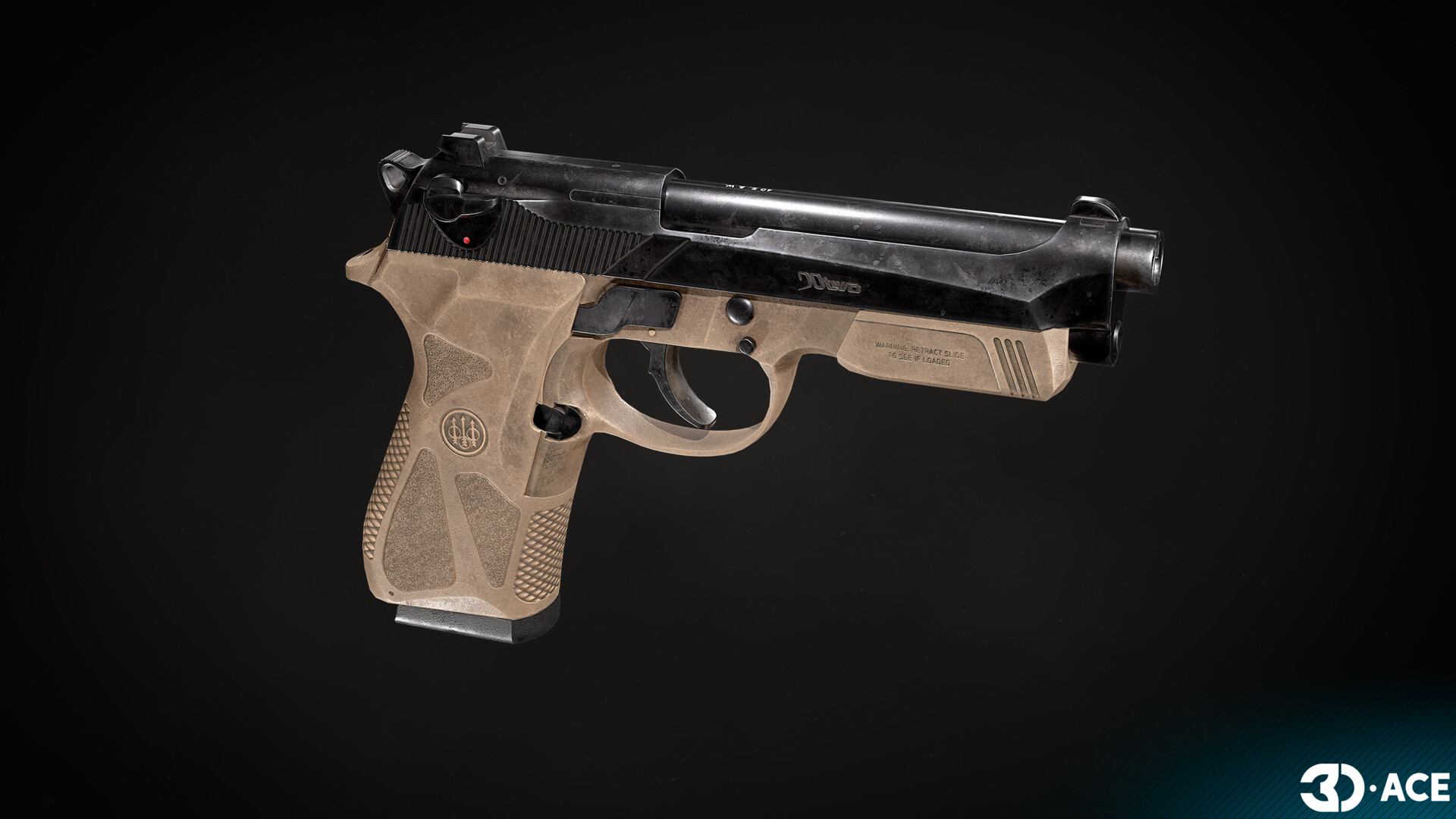
The application of 3D model weapons spans various industries and contexts, each benefiting from their unique functionalities. Here are some key areas where 3D weapons find application:
There is no doubt that 3D model weapons for games are extensively used in the industry to enhance player experience and immersion. You can find a variety of first-person shooters and role-playing games, and realistic and detailed weapons contribute to the overall atmosphere and gameplay dynamics.
Virtual simulations and training programs often utilize 3D weapons to train military personnel in combat scenarios. These simulations provide soldiers with a safe and cost-effective environment to practice tactical maneuvers and weapon handling techniques.
Like military training, law enforcement agencies utilize 3D model weapons in virtual simulations to train officers in various scenarios, including active shooter situations and hostage rescues. Such simulations help improve decision-making skills and tactical proficiency.
Beyond gaming, 3D model weapons are also used in film, television, and animation productions to create realistic visual effects and action sequences. In all kinds of movies, from blockbusters to animated series, digital weapons are crucial in bringing stories to life.
In academic settings, 3D model weapons are used for educational purposes, such as teaching anatomy, mechanics, and the history of firearms. They also aid researchers and historians in studying weapon designs and their impact on society.
Firearms manufacturers utilize 3D model weapons for product design, prototyping, and marketing. Detailed digital representations allow designers to test different configurations and aesthetics before production, while realistic renders help in advertising and promotional materials.
Best Software to Choose for 3D Models of Weapons
When selecting 3D modeling software for gun modeling, it’s vital to consider the specific requirements of the gaming industry. The market offers a variety of software options, including:
- Blender;
- Substance 3D Painter;
- 3Ds Max;
- Maya;
- ZBrush.
Each software has its strengths and weaknesses, such as user interface, modeling capabilities, and rendering features, which should be carefully evaluated before making a decision. Additionally, it’s important to prioritize:
- UV unwrapping;
- texture mapping.
Software like Substance 3d Painter can streamline the texturing and painting, enhancing efficiency and quality. Moreover, consider factors such as:
- compatibility with game engines;
- community support and tutorials are available;
- cost and licensing options.
The ultimate goal is to create realistic-looking guns for games that seamlessly integrate into game engines. Therefore, choosing the appropriate software is crucial for achieving the desired outcome. It’s essential to approach this decision with diligence and thorough research to ensure optimal results for the project and the gaming community.
Crafting Weapons 3D Models With the 3D-Ace Team
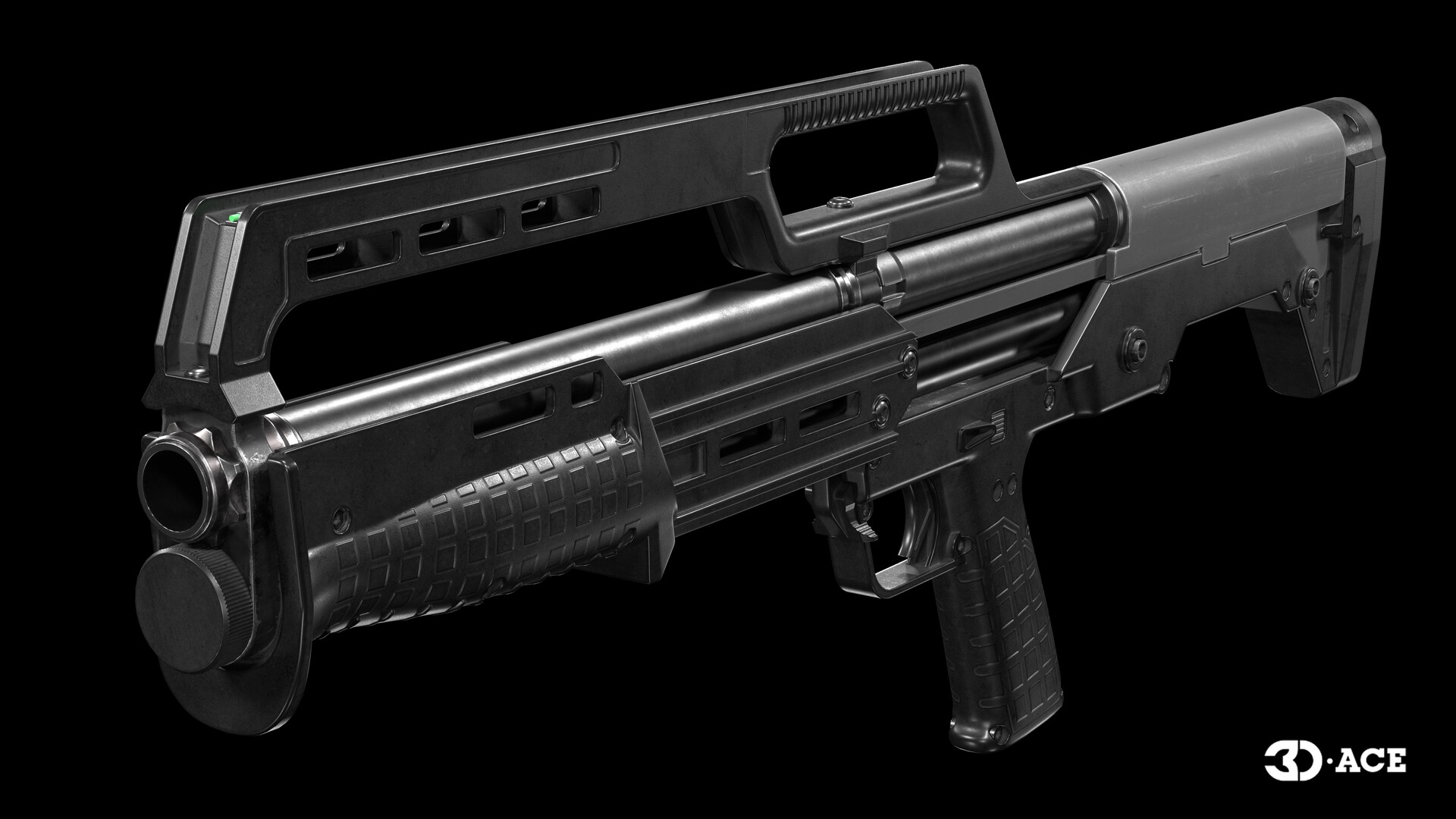
Hence, when seeking a content production partner, you can trust 3D-Ace and our adept art outsourcing studio. We offer comprehensive 3D weapon modeling services, from concept art to animation. Additionally, we excel in creating video game content tailored for various platforms, including mobile, AR/VR devices, PCs, and consoles.
If you require exceptional low-poly modeling services, feel free to reach out to us to discuss the specifics of your upcoming project.










